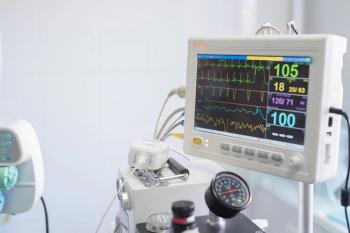
The case for treating mild hyperthyroidism
Ob/gyns are increasingly being called upon to manage subclinical thyroid disease. In this concluding article of a two-part series, two experts clarify the controversy over when to treat mild hyperthyroidism. Do treat a mildly overactive thyroid in elderly patients, they say, because low bone density and cardiac abnormalities can do substantial harm.
Few colleagues would argue over how to diagnose or treat overt thyroid disease. But it's a different story for more subtle "mild" thyroid disease-a term now commonly preferred to "subclinical."1 A key point from our article on mild hypothyroidism ("When should you screen for and treat mild hypothyroidism?" Contemporary OB/GYN, January 2006)
Measuring 'normal' thyroid function
Also as discussed in Part I, when individuals with risk factors for autoimmune thyroid disease (especially thyroid antibodies), were excluded from a large control population, the average TSH was ~1.5 μU/mL.2 The lower limit for TSH in this group, and in other reports, was ~0.4 μU/mL. [Hence, mild hyperthyroidism may be defined by a TSH below 0.4 μU/mL with normal thyroid hormone levels (free T4 and T3). However, patients with mild hyperthyroidism are often divided further into two subgroups, one with a TSH of 0.1 to 0.4, and a second group with TSH under 0.1. With third-generation TSH assays, TSH may be reported at levels below 0.1, and this clearly indicates hyperthyroidism.]
Newsletter
Get the latest clinical updates, case studies, and expert commentary in obstetric and gynecologic care. Sign up now to stay informed.
















